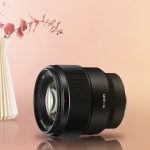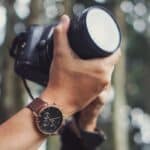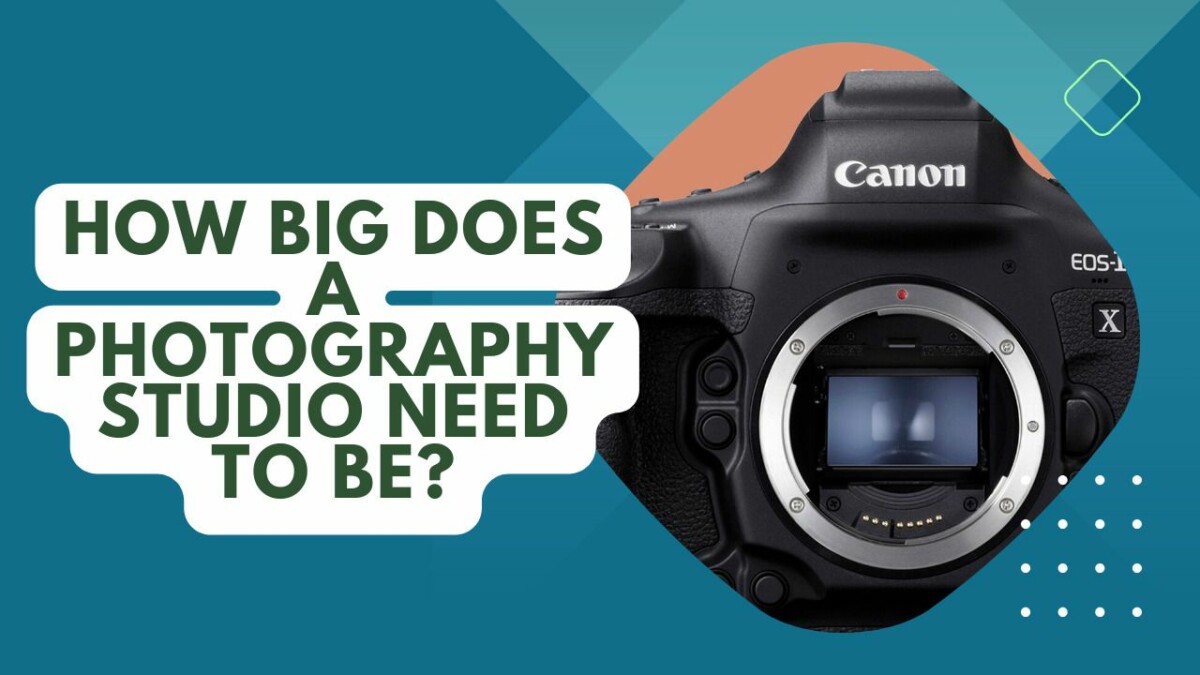 So, you’re about to dive into the world of photography and create your own little space of creativity? Cool, but you might be wondering how big your studio needs to be. The answer isn’t that straightforward, because it rides on a bunch of things like your portrait style, your lighting needs, the space you need for your backdrops, and even how much stuff you need to store.
So, you’re about to dive into the world of photography and create your own little space of creativity? Cool, but you might be wondering how big your studio needs to be. The answer isn’t that straightforward, because it rides on a bunch of things like your portrait style, your lighting needs, the space you need for your backdrops, and even how much stuff you need to store.
Oh, and don’t get so caught up in all the technical stuff that you forget about the need to switch up your services and having access to natural light. Some folks think a studio that’s about 1,250 square feet hits the jackpot, but let’s break it down a bit more so you can figure out what size will be just right for your creative playground.
How Much Space Will I Need For A Photography Studio?
Your photography studio’s size ultimately depends on your specialization and what you’re shooting. For portrait-type work, even a 12×12 foot space can get the job done. If you’re undertaking bigger projects, or plan to photograph groups, a larger space would be better. Regardless of size, you’ll still need good lighting, plenty of storage, and room to move and adjust your equipment.
Making sense of how the purpose of your photography studio dictates its size is a bit like getting your head around the idea of space utilization. It’s all about how your specific photographic needs play into how you use the studio space.
Think about it like this: the kind of portraits you’re looking to shoot will lay down the law for how much room you need. You’re going to need a ton of space for full-length shots, but if you’re going for something more close-up, you won’t need as much.
And let’s not forget about the ceiling. You’ve got to have it high enough to handle any kind of lighting setup you’re throwing at it. Plus, you need enough width to get your backdrops in. And of course, there’s all the stuff you need to do your job – your gear, your props, your outfits. They all need a place to live too.
Maxing out your creativity might mean taking advantage of natural light or branching out beyond just people portraits. While some folks might tell you that the perfect studio size is about 1,250 square feet, it’s not a one-size-fits-all kind of deal. Your needs might be different, so don’t feel like you have to stick to that number.
The Importance of Ceiling Height in a Photography Studio
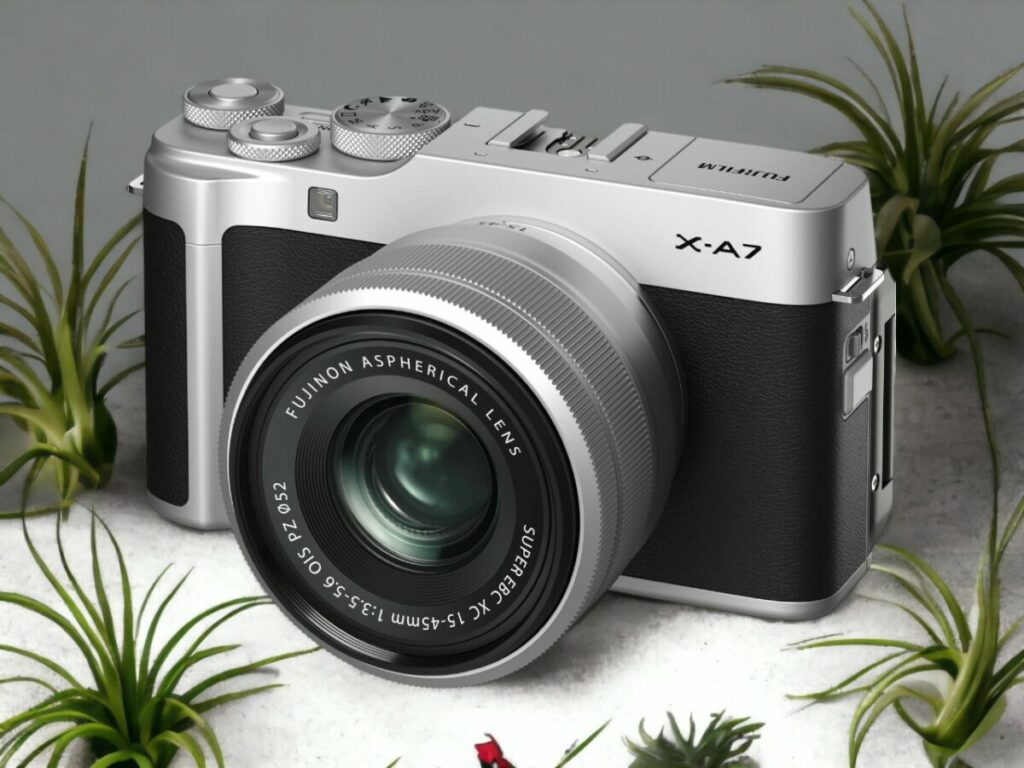
Ain’t gonna lie, the height of your studio ceiling matters way more than you might think. We’re talking at least 10 feet here, which might sound like a lot, but trust me, it’s a game-changer. A high ceiling lets you play around with your lighting to the max. Overhead modifiers? Different setups? Yeah, you can do all that with a tall ceiling. And let’s not forget about the vibes you can create with your shots. It’s all about the mood, right?
Plus, a high ceiling gives you the freedom to try out new angles and perspectives. No more feeling boxed in or struggling with annoying shadows. You have way more control over your lighting, which is a massive win.
Considering the Necessary Width for Backdrops
So, let’s chat about the width of backdrops in your photography studio – it’s a pretty big deal. You’ve got to make sure your studio has enough room to fully spread out your backdrops without making your shooting space feel like a cramped closet.
Most backdrops you’ll find out there are roughly around 10 feet wide – that’s a decent amount of space to work with. It gives you enough room to place your subjects away from the backdrop, so you’re not dealing with annoying shadows and you get that depth in your shots that makes your photos pop.
Think about it, you don’t want your studio looking like a hot mess when you’re not shooting, right? So, you’ve got to figure out where to stash your backdrops. There are some nifty storage solutions you might want to check out, like vertical racks or wall-mounted systems, that won’t hog your space.
Bottom line, the width of your studio should be big enough to accommodate your largest backdrop while still allowing you and your subjects to move freely – you’ve also got to think about your gear. So, plan wisely!
The Need for Space: Accommodating Equipment and Props
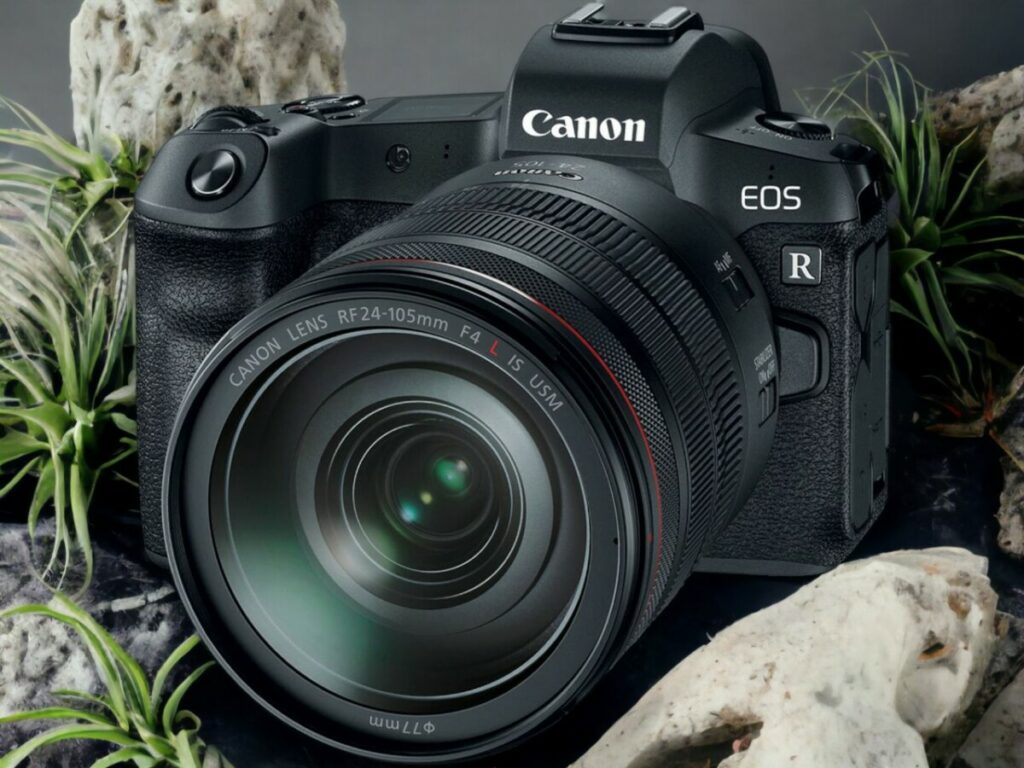
Alright, so your backdrops are on point, but can we chat about your gear and props? A jam-packed studio isn’t doing your creativity any favours, trust me. It’s all about figuring out a smart storage arrangement for your gear – think cameras, lenses, lights, and props. You might wanna look into picking up some shelves or rollable carts to keep your must-haves within reach. Not only does it keep your studio looking sharp, it’s a serious time-saver during shoots.
And let’s not forget about your models. Providing a comfy changing area is key. We’re talking enough space for your subjects to switch up their outfits, a mirror, and decent lighting. It’s these small touches that elevate your photography studio and make it efficient, professional, and welcoming.
At the end of the day, your studio’s space needs to be your ally, not your enemy.
Harnessing Natural Light in Your Photography Studio
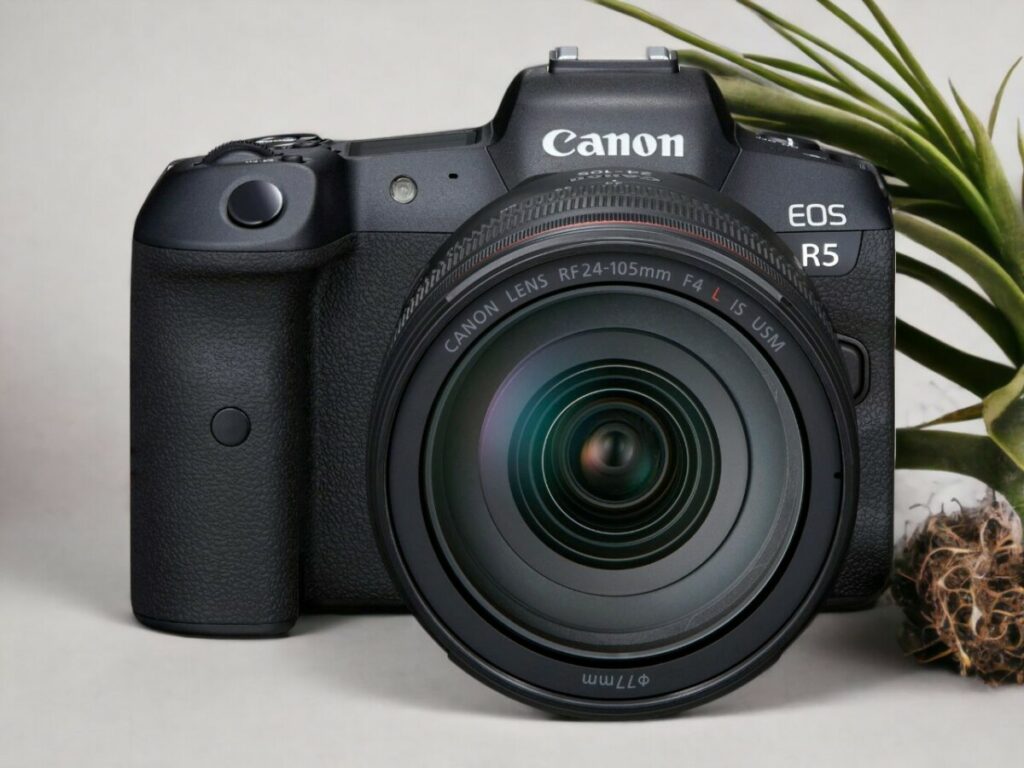
If you’re on the hunt for that killer shot, you can’t forget about the magic of natural light in your photography studio. Seriously, using windows to let in that sweet, natural light is a total game-changer. Think about it – position your model next to a big window with indirect sunlight coming in. You get this soft, flattering light that just screams portrait photography. And here’s a pro tip – grab some sheer curtains. They’re a lifesaver when the sun’s super harsh and you need to evenly spread the light.
And don’t stop at the studio. Heading outdoors for some natural light photography? Genius! You can use your studio’s outdoor space or find some cool spots nearby. The best light for outdoor shoots? That’s during the morning and late afternoon. But remember, your studio walls aren’t a prison. Mix it up, embrace the adaptability of natural light, and watch as it adds a whole new dimension to your photos.
Wrapping Things Up: Size Matters, But It’s Not Everything in Photography Space
Now that we’ve pretty much covered what you need to know about determining the ideal size for a photography studio, let’s remember that photography isn’t solely about space. It’s about passion, creativity, and the synergy between you and your equipment. Speaking of equipment, ever wondered about the financials behind running a photography studio? I’ve recently come across an interesting article on how photography assistants’ earnings pan out. Trust me; it’s something you may want to look into, especially when planning to scale up your photography game.
Also, keep in mind that physical attributes such as eyesight can significantly affect the photographer’s work. This fascinating piece explores how bad eyesight can potentially impact photography. If you’re sporting a pair of spectacles yourself or have some concerns about your vision, you might find some useful insights there.
Tech is constantly evolving, and we’re always on the lookout for tools that can help us excel in our photography journey. Have you wondered if a Chromebook could handle your intense photo editing sessions? We’re talking Lightroom, Photoshop – the works. There’s an in-depth analysis here on whether Chromebooks are suitable for photography tasks. It might surprise you.
At the end of the day, while we’ve been obsessing over ‘how big a photography studio needs to be’, let’s not forget the factors that truly make a killer shot. It’s not just about size, but also about having the right crew, keeping a keen eye for detail, and leveraging the best tools.
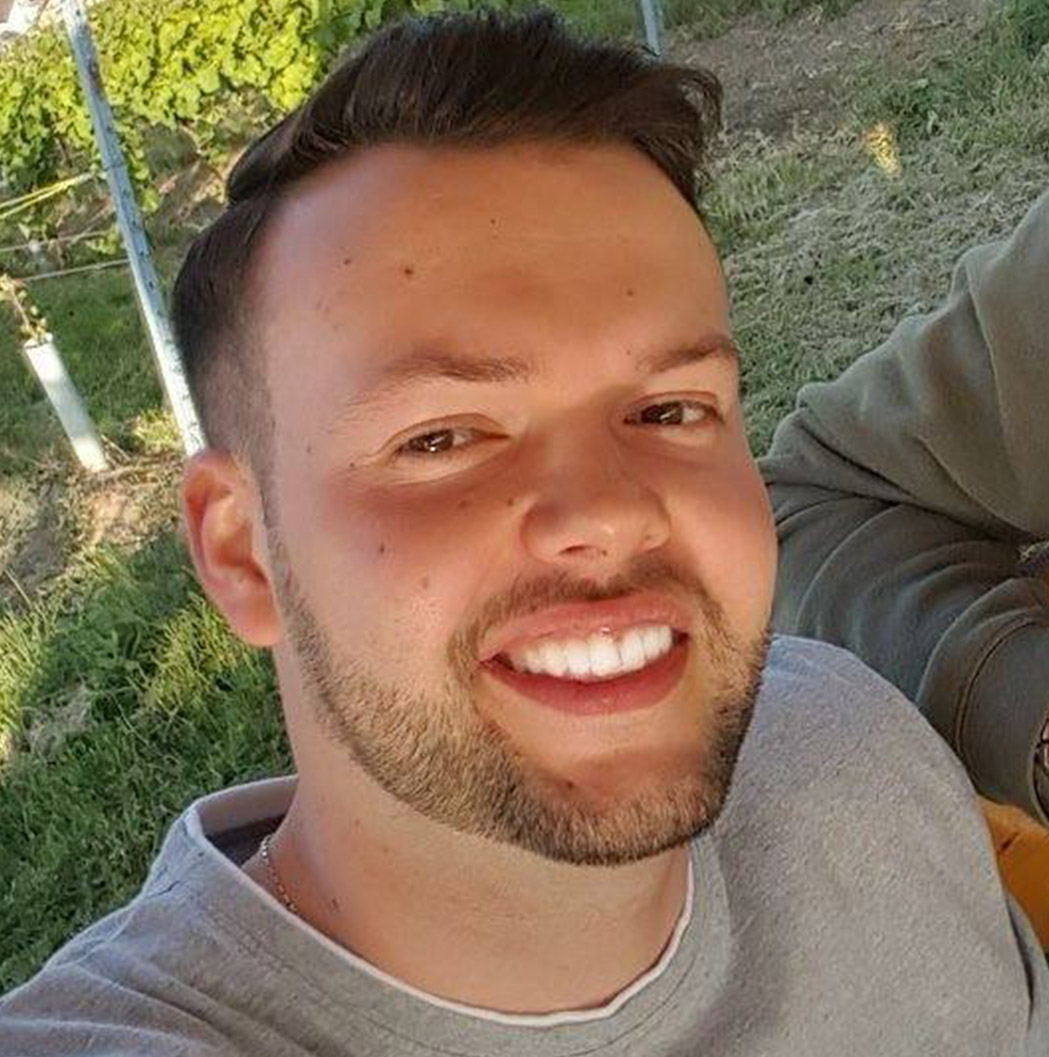
Photographer & Writer
I specialize in landscape, street and portrait photography and I have been featured in various galleries and publications. I believe that photography is a way to tell stories!

